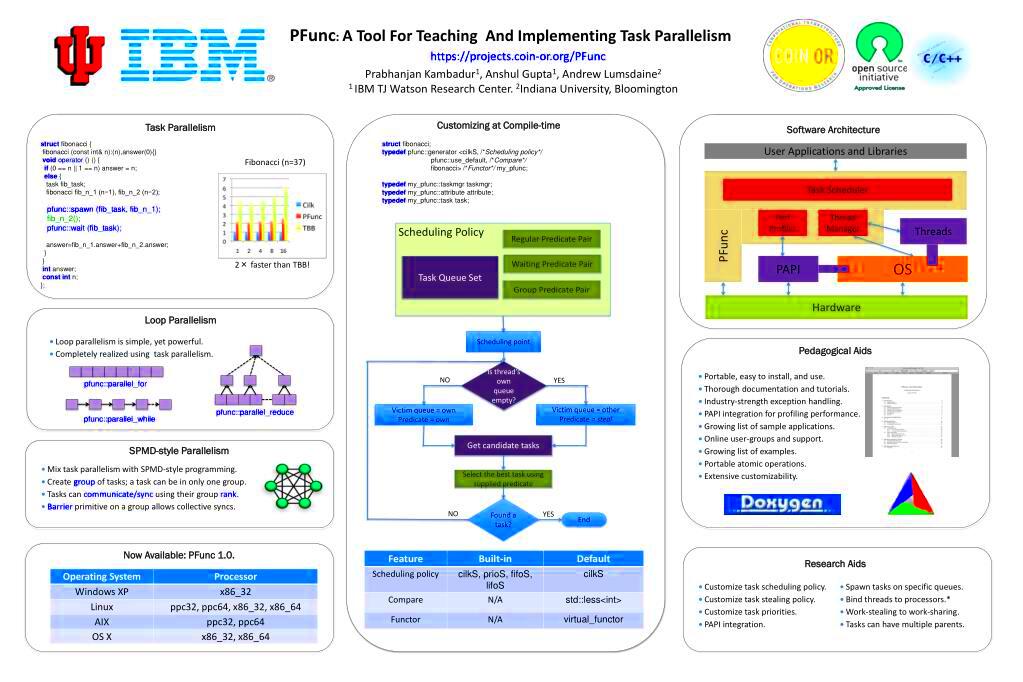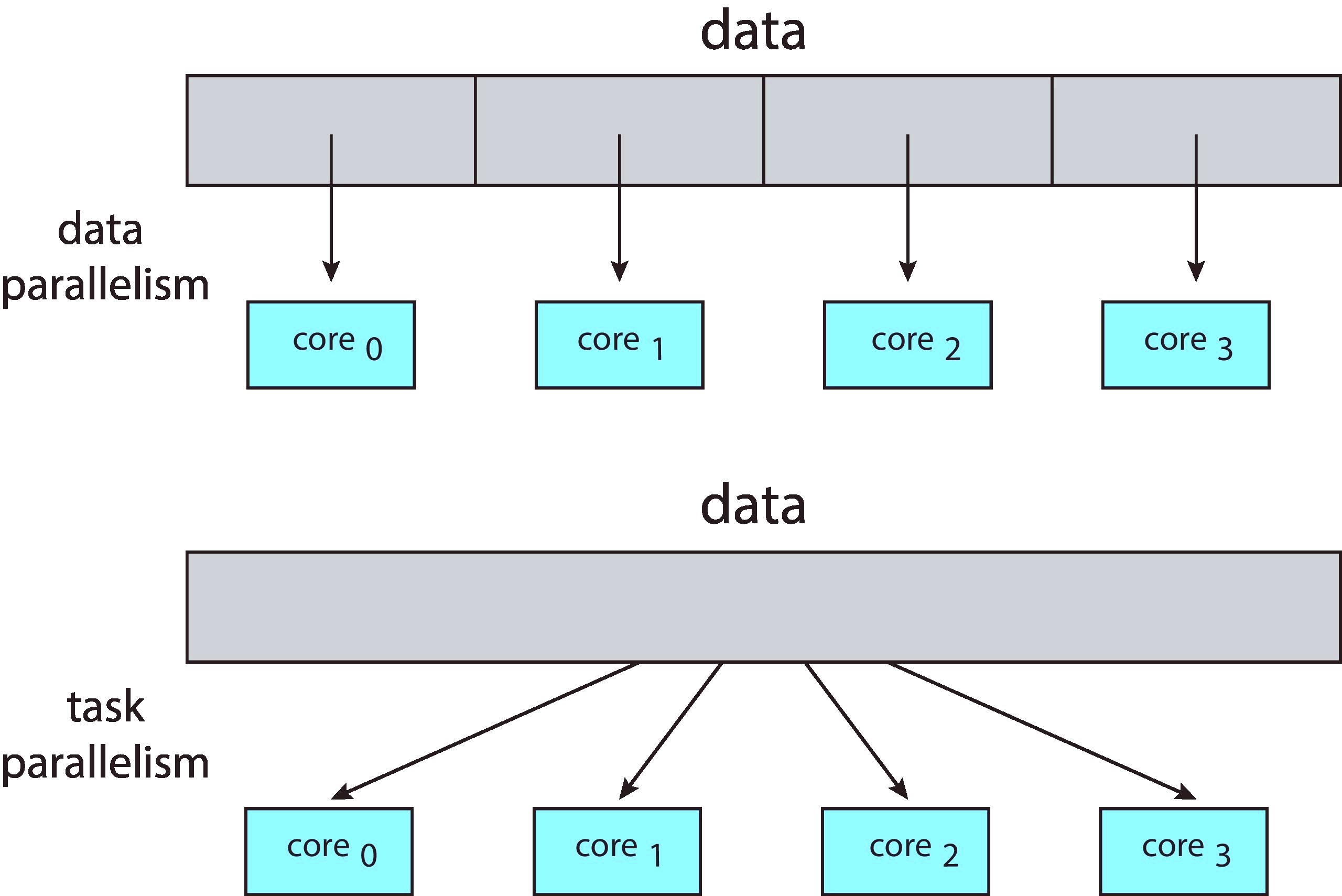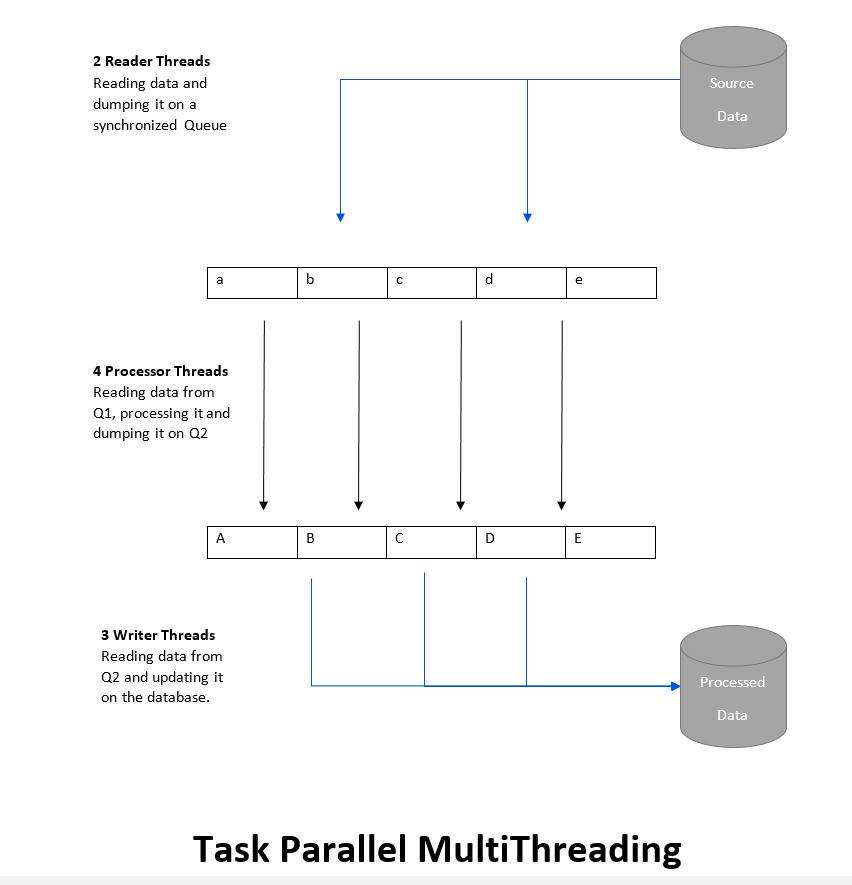In project management time is usually the most valuable asset. A strategy to optimize time and enhance processes is through project parallelism. To put it running several tasks at once instead of one after the other. This method can significantly accelerate project progress and boost overall effectiveness.I recall when I began incorporating tasks into my projects it gave me the impression that I was being more efficient rather than exerting more effort. The outcomes were noticeable with timelines and improved resource allocation.
Understanding Parallel Tasks in Microsoft Project

In
Microsoft Project parallel tasks refer to activities that can be carried out concurrently instead of sequentially. This functionality plays a role in effective project management by enabling various parts of a project to move forward simultaneously thereby streamlining the overall schedule.
- Start-to-Start (SS): Task B can start only after Task A starts. Both tasks can run concurrently.
- Finish-to-Start (FS): Task B can only start after Task A finishes. These are not parallel tasks but are important for understanding task relationships.
With these dependencies you can plan tasks that can be done without waiting for others to finish enabling them to run at the same time. It’s similar to preparing multiple meals simultaneously rather than holding off on one dish until the other is ready you juggle different cooking activities all at once.
How to Create Parallel Tasks

Once you grasp the fundamentals setting up parallel tasks in
Microsoft Project becomes a breeze. Here’s a simple walkthrough to kick off your journey:
- Open Your Project: Start by opening your project in Microsoft Project.
- Create Tasks: Enter all the tasks that you need to complete in the project. Each task should be listed with a clear description.
- Set Dependencies: Go to the "Task" tab and click on "Task Information." Under the "Predecessors" tab, set the dependencies between tasks. To make tasks run in parallel, use the "Start-to-Start" relationship.
- Adjust Timing: Ensure that the timing for parallel tasks does not overlap in a way that creates resource conflicts.
- Review and Optimize: Check your Gantt chart to see how tasks are aligned. Make adjustments as necessary to optimize the workflow.
Lets say you're involved in a project to create a software application you could carry out tasks such as coding, testing and documentation simultaneously. This approach allows one team to work on the coding aspect while another starts with initial testing and the documentation process can also move forward at the same time.
Benefits of Using Parallel Tasks
Incorporating tasks into your approach to project management can really make a difference. Picture this scenario you're planning a lavish wedding. If you take care of things such as decorating the venue, arranging catering and managing guests one after the other you'll find yourself overwhelmed with responsibilities and pressure. However if you address these tasks simultaneously you can streamline the entire process and enhance its effectiveness. Here are some advantages of using tasks.
- Increased Efficiency: Running tasks simultaneously speeds up project completion. For instance, if you have a software development project, coding and testing can proceed in parallel, reducing the overall timeline.
- Better Resource Utilization: Parallel tasks allow you to use your resources more effectively. Instead of waiting for one task to finish, you can allocate your team to various tasks at the same time.
- Flexibility: Parallel tasks offer flexibility in managing your project. If one task faces delays, others can still move forward, keeping the project on track.
- Enhanced Productivity: Teams often feel more productive when working on multiple tasks. This can lead to improved morale and a sense of accomplishment as various aspects of the project progress concurrently.
I recall a time when my team collaborated on a marketing initiative. We juggled creating content, updating social media and managing email marketing all in one go. Not only did we easily meet our timelines but the projects impact was unified due to our simultaneous actions.
Common Challenges and Solutions
Although handling tasks simultaneously can greatly improve your project management it also brings its own challenges. Recognizing these obstacles and addressing them is essential for efficiently managing tasks in parallel. Here are some typical issues along with strategies to overcome them.
- Resource Conflicts: When multiple tasks run simultaneously, resources like team members and equipment might face conflicts. To solve this, ensure you have a clear resource allocation plan and use tools to track resource usage.
- Coordination Difficulties: Managing parallel tasks can lead to coordination issues, where different teams might work at cross-purposes. Regular communication and updates can help align efforts and ensure everyone is on the same page.
- Task Overlap: Overlapping tasks might cause confusion and duplication of efforts. To address this, clearly define task boundaries and responsibilities, and use project management software to track progress.
- Increased Complexity: Managing multiple tasks can make project tracking more complex. To mitigate this, break down tasks into smaller, manageable chunks and use visual tools like Gantt charts for better oversight.
For example during the planning of an event we encountered challenges with resources as various teams required access to the same equipment. To prevent conflicts and ensure a seamless operation we established a shared calendar and coordinated the usage of the equipment.
Best Practices for Managing Parallel Tasks
Effectively juggling multiple tasks requires a mindset. Based on my insights here are a few strategies to optimize your management of tasks.
- Plan Ahead: Begin with a clear plan outlining all tasks and their dependencies. This helps in identifying which tasks can run in parallel and which need to be sequential.
- Set Clear Objectives: Define clear objectives for each parallel task to avoid confusion and overlap. Make sure each team knows their specific goals and how they contribute to the overall project.
- Use Project Management Tools: Leverage tools like Microsoft Project or Trello to schedule and monitor parallel tasks. These tools offer features to track progress and manage dependencies efficiently.
- Communicate Regularly: Maintain open lines of communication with your team. Regular updates and meetings help in resolving issues quickly and keep everyone aligned.
- Monitor Progress: Keep an eye on the progress of parallel tasks through status reports and visual tools. Address any delays or issues promptly to avoid bottlenecks.
- Review and Adjust: Regularly review the effectiveness of parallel task management and make adjustments as needed. This helps in optimizing processes and improving efficiency.
During a past project of mine meticulous planning and consistent communication played a role in effectively handling multiple tasks simultaneously which ultimately resulted in a successful project outcome. Embracing these approaches can greatly enhance the efficiency of your project execution.
Tools and Features in Microsoft Project
Microsoft Project is loaded with functionalities that simplify handling simultaneous tasks. Think of it as your own project aide that assists you in balancing various responsibilities effortlessly. Lets take a look at a few essential tools and features that could prove beneficial for you:
- Gantt Chart: The Gantt chart is a visual representation of your project schedule. It shows tasks along a timeline, making it easy to see which tasks are running in parallel. This helps in understanding how tasks overlap and ensuring that resources are allocated effectively.
- Task Dependencies: This feature allows you to set up dependencies between tasks. By using "Start-to-Start" or "Finish-to-Start" dependencies, you can manage tasks that need to run in parallel or in sequence.
- Resource Leveling: Resource leveling helps manage conflicts when resources are shared among parallel tasks. It automatically adjusts task schedules to prevent overallocation and ensure smooth workflow.
- Project Timeline: The timeline view offers a high-level overview of your project. It’s useful for tracking the progress of parallel tasks and seeing how different tasks impact the overall schedule.
- Critical Path Method (CPM): CPM helps identify the longest sequence of dependent tasks. It highlights tasks that cannot be delayed without affecting the project deadline, which is crucial when managing parallel tasks.
During a project I found the Gantt chart to be extremely helpful. It helped me see tasks happening at the same time and easily tweak schedules which made it much easier to coordinate with my team members.
Examples of Successful Parallel Task Implementation
Witnessing parallel tasks in motion can be truly eye opening. Here are some instances from the world where handling multiple tasks simultaneously has had an impact.
- Construction Projects: In the construction industry, parallel tasks are common. For instance, while one team works on the foundation, another can start with electrical wiring. This approach speeds up the project and optimizes labor and materials.
- Event Planning: Organizing an event involves multiple tasks such as booking venues, arranging catering, and managing guest lists. Handling these tasks in parallel ensures everything is ready on time and reduces last-minute stress.
- Software Development: In software development, teams often work on coding, testing, and documentation simultaneously. This parallel approach ensures that the software is ready for deployment faster and with fewer bugs.
- Marketing Campaigns: Launching a marketing campaign often involves creating content, designing visuals, and setting up distribution channels. By managing these tasks in parallel, the campaign can be launched more efficiently and with a cohesive message.
For example while planning a local festival I juggled tasks like setting up decorations coordinating vendors and booking entertainment all at once to make sure everything went smoothly and every detail was in harmony.
Frequently Asked Questions
Q: What is the main advantage of using parallel tasks?
The primary benefit of employing tasks is the ability to finish a project more quickly. By executing activities concurrently you can make progress and make more efficient use of resources.
Q: How do I handle resource conflicts with parallel tasks?
Resource conflicts can be handled through the use of management tools that monitor how resources are allocated and allow for necessary adjustments. For instance
Microsoft Project provides functionalities to assist in balancing resources and avoiding over allocation.
Q: Can parallel tasks affect the quality of the project?
If handled well, simultaneous tasks can maintain the projects quality. With careful organization and collaboration, everything can proceed seamlessly without any impact on excellence.
Q: How do I decide which tasks can run in parallel?
A: Tasks that are independent or do not impact each others results are well suited for parallel execution. Utilize task dependencies and project management tools to identify which tasks can be handled, at the same time.
Q: What are some common pitfalls of managing parallel tasks?
Some common challenges are clashes over resources problems with coordination and overlapping tasks. To tackle these issues maintain communication utilize project management tools and regularly assess the progress of tasks.To handle multiple tasks simultaneously it is crucial to have a well thought out strategy and the necessary resources. By adopting a method you can boost your efficiency and reach your project objectives, more smoothly.
Conclusion
Juggling tasks simultaneously can revolutionize your approach to projects making processes smoother and deadlines more attainable. Based on my experience the secret to managing tasks successfully lies in meticulous planning, clear communication and utilizing tools. It’s akin to handling multiple recipes in a bustling kitchen where you need to keep tabs on every ingredient while ensuring they all come together seamlessly.By embracing multitasking you can boost efficiency and reach your objectives more effectively just like I have in various projects. The advantages of running tasks concurrently far outweigh the challenges and with the techniques and resources mentioned you’ll be well prepared to excel at task management. Embrace the adaptability, relish the effectiveness and witness your projects flourish.
 In Microsoft Project parallel tasks refer to activities that can be carried out concurrently instead of sequentially. This functionality plays a role in effective project management by enabling various parts of a project to move forward simultaneously thereby streamlining the overall schedule.
In Microsoft Project parallel tasks refer to activities that can be carried out concurrently instead of sequentially. This functionality plays a role in effective project management by enabling various parts of a project to move forward simultaneously thereby streamlining the overall schedule. Once you grasp the fundamentals setting up parallel tasks in Microsoft Project becomes a breeze. Here’s a simple walkthrough to kick off your journey:
Once you grasp the fundamentals setting up parallel tasks in Microsoft Project becomes a breeze. Here’s a simple walkthrough to kick off your journey:
 admin
admin








